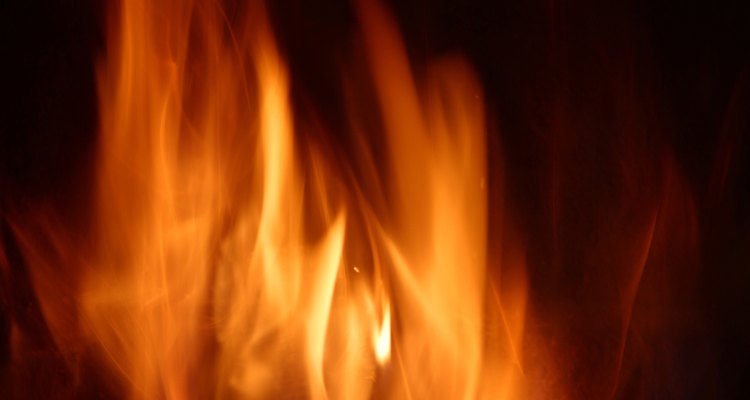
Hemera Technologies/AbleStock.com/Getty Images
Although no fabric is fireproof, certain textiles resist fire better than other fabrics. Fire-resistant fabric, also known as flame-retardant fabric, is so designated based on the time it takes for the fabric to burn. Fire-resistant fabric may be naturally fire resistant because of its natural fiber weave, or treated with a fire-resistant chemical to resist heat and flames.
Wool
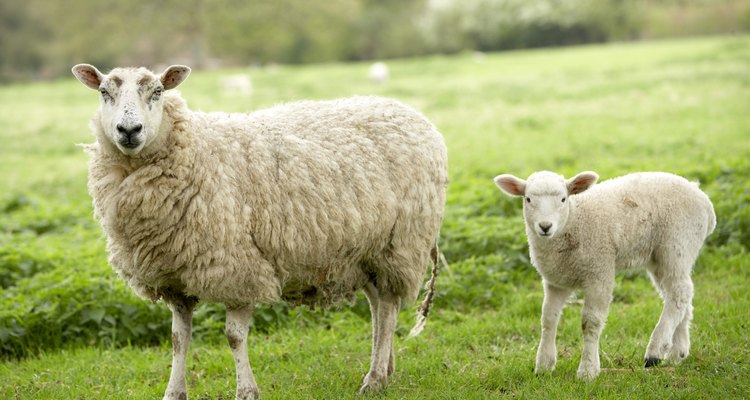
BananaStock/BananaStock/Getty Images
Wool is generally considered the most flame-resistant natural fiber, because it is difficult to ignite, and flames are often extinguished in the fibers. Natural fibers, such as silk, cotton and wool, are more susceptible to fire than manufactured fibers, but cloth manufacturing techniques can improve their fire resistance. Natural fibers can be treated with a chemical solution that improves flame resistance. When a material made of natural fibers is constructed with a tight weave, the material provides improved flame resistance.
Acrylic, Polyester and Nylon
Synthetic acrylic, polyester and nylon fabrics can be hazardous when they burn, because the materials can melt and cause burns on the skin when used as clothing fabrics. Despite this danger, these synthetic fabrics are considered fire-resistant fabrics, because they resist ignition at much higher temperatures than natural fibers. Synthetic materials can also be treated with fire-resistant chemicals to increase their ability to withstand high temperatures.
Kevlar and Nomex

Jupiterimages/Photos.com/Getty Images
Strong, heat-resistant aramid fibers are used in the brand-name fabrics Kevlar and Nomex. The fabrics are well known for their uses in body armor and bulletproof vests worn by members of law enforcement. Kevlar and similarly manufactured fabrics are inherently fire resistant, more than any other type of fabric, and they are often used to make heat-resistant gloves for welders and glass blowers and protective clothing for firefighters.
Related Articles
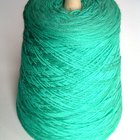
What Are Fire Resistant Clothes Made Of?
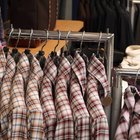
Natural Vs. Synthetic Clothing

The Advantages of Wool Clothing
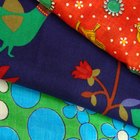
What Is Arnel Vintage Material Fabric?
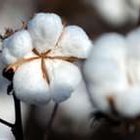
Nomex Vs. Indura Cotton

How to Dye Nomex
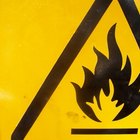
Safety Hazards of Acetone

Care Instructions for Voile Fabric

How to Get Rid of Static Electricity in ...
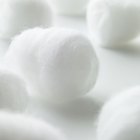
The Advantages of Polyester Cotton
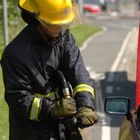
The History of Flame-Retardant Clothing
Dutch Oven Vs. Cooking Pot
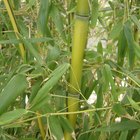
What Is the Durability of Bamboo Fabric?
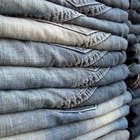
What Are Twill Pants?
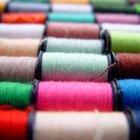
The Disadvantages of Polyester Cotton

Twill vs a Cotton-Polyester Blend

What Are the Advantages & Disadvantages ...
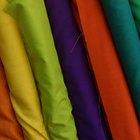
Characteristics of Rayon Fabric

Cordura Vs. Leather

How to Get Mold & Mildew Stains Out of ...
References
Writer Bio
Sara Melone is a mother of three and a graduate of UNH. With prior careers in insurance and finance, photography, as well as certifications in fitness and nutrition, Melone draws directly from past experience and varying interests. She contributes with equal passion to birth journals, investment blogs, and self-help websites.
Photo Credits
Hemera Technologies/AbleStock.com/Getty Images